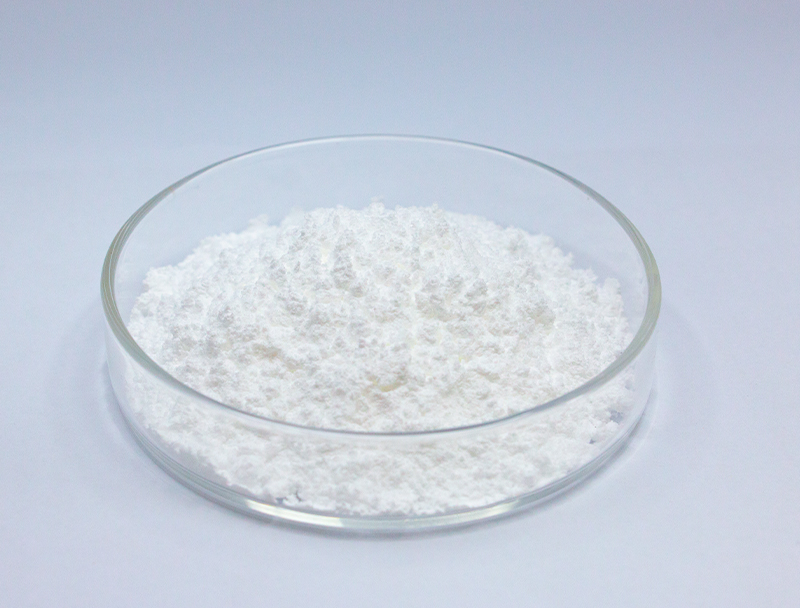
Industrial biosynthesis counts extensively on an extensive collection of raw materials to supply inventive bioproducts.
Protecting ethical acquisition of feedstocks is paramount for the long-term viability and ethical growth of the industry.
diverse obstacles inherent in legacy sourcing approaches including carbon-intensive impacts and resource exhaustion. Therefore, producers should prioritize ethical sourcing models to curtail ecological damage.
- Representations of ethical supply approaches are:
- Leveraging biomass from food-processing residues
- Establishing regenerative loops to cut waste and elevate material utilization
- Working with community-based suppliers that follow ethical standards
Moving toward responsible sourcing creates ecological improvements and economic resilience.
Refining Biomass Sources to Enhance Fuel Conversion
Optimizing biofuel yields depends strongly on feedstock quality and makeup. Scientists are constantly exploring novel strategies to optimize these feedstocks, achieving increased output and long-term energy sustainability. Initiatives integrate bioengineering to scale biomass production and pretreatment workflows to free fermentable sugars.
- Furthermore, teams search for alternative biomass sources including algal strains, industrial wastes, and crop leftovers to broaden sustainable feedstock options for fuels.
- Via sustained research the industry stands ready to accomplish considerable improvements that enable a greener energy transition.
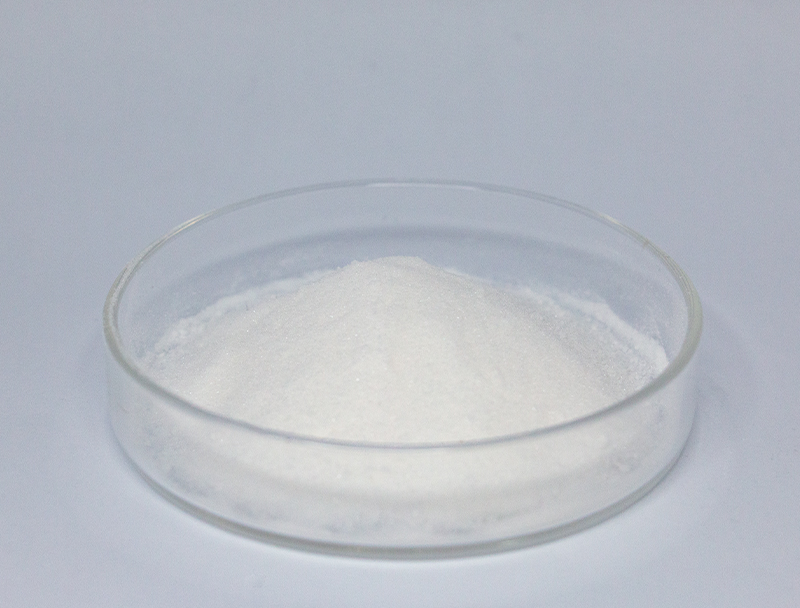
Upstream Process Improvements for Modern Biopharma Production
includes primary operations from inoculation through cell collection Contemporary breakthroughs have refined protocols and elevated product throughput.
Crucial progress includes proprietary cell systems, optimized growth media, and adaptive bioreactor architectures. The improvements increase output while decreasing cost structures and sustainability impacts.
- In addition, momentum toward nonstop processing offers improved flexibility and optimized operational flow.
- The adoption of higher-tech manufacturing practices will likely disrupt traditional models and speed therapeutic launches.
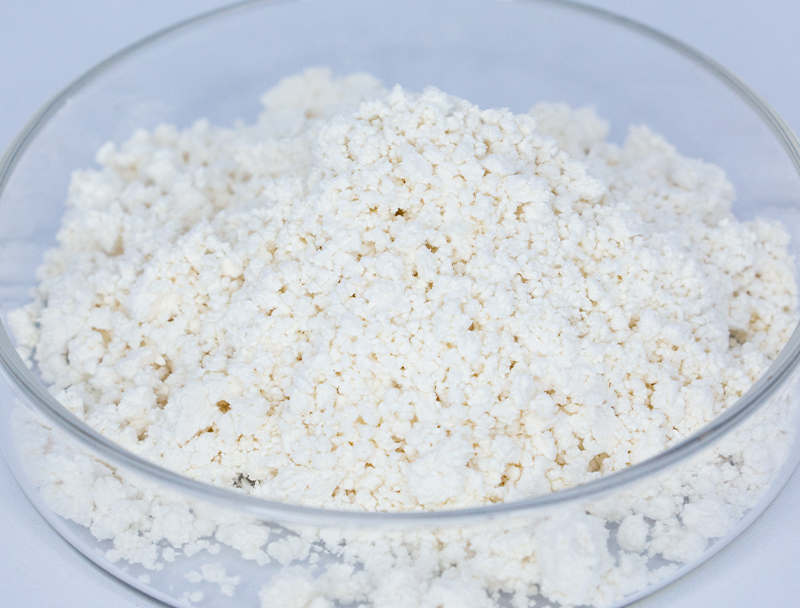
Precision Genomic Tools Enhancing Biopharmaceutical Yields
refinements in gene-targeting technologies have advanced protein production workflows. Through focused genomic edits within host strains, scientists increase expression of desired therapeutic proteins. This route supports the creation of more affordable and productive treatments for multiple disorders.
Microbial Approaches to Effective Bioremediation
advanced microbe-driven remediation methods to treat contaminated sites sustainably. Selected microbial cultures can remediate contaminants through biodegradation pathways.. Applying microbial remediation systems creates low-impact cleanup options that address contamination efficiently.. Laboratories test microbial species for efficacy against metals, pesticide pollutants, and oil-related contamination. These microbes operate in engineered systems or direct environmental applications to metabolize and remove contaminants.
Biotechnology-driven remediation delivers notable upsides compared to conventional cleanup tactics. This method provides a low-cost, low-waste alternative to conventional remediation. In addition, microbial approaches enable pollutant-specific treatment without broad ecological disruption. Research efforts persist to upgrade the potency and implementation of microbial remediation strategies.
Digital Methods Accelerating Pharmaceutical Discovery
Computational biology approaches are becoming vital across contemporary drug R&D. By analyzing biological data to select and improve leads, computational methods support efficient drug development.
- Via examination of genomic, proteomic, and clinical datasets, researchers pinpoint targets and project drug activity.
- Likewise, computational docking and dynamics help design molecules with improved target engagement and potency.
- In summary, bioinformatics overhauls pharmaceutical R&D and quickens the path to safe therapeutics for patients.
Engineering Cellular Pathways for Improved Bioproduct Output
deploys several tactics to elevate cellular production of valuable biochemicals. Programs use genetic redesign of metabolic networks, dynamic regulation of expression, and addition of heterologous genes to unlock new capabilities. By refining pathway flux and regulation engineers can significantly raise bioproduct production.
This comprehensive strategy could transform numerous sectors such as pharmaceuticals, farming, and renewable energy.
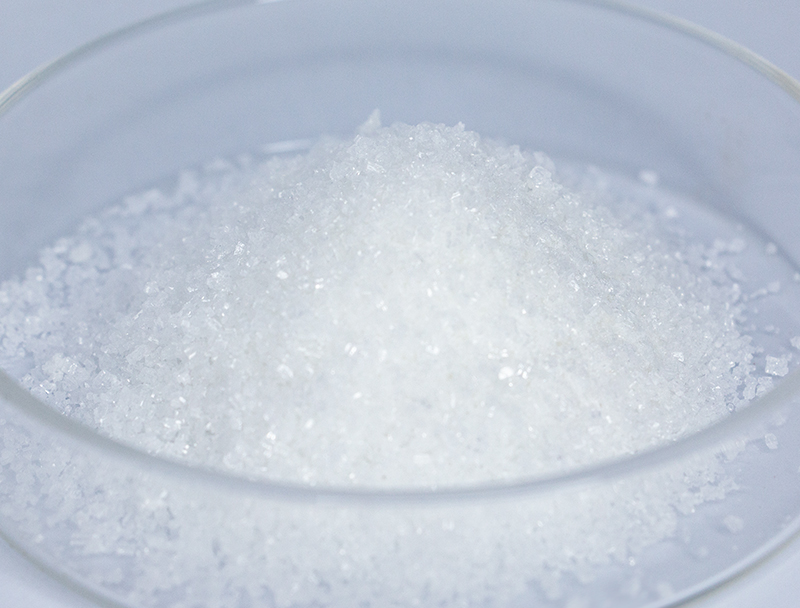
Scaling Biopharma Production: Hurdles and Advantages
Upscaling therapeutic manufacturing brings major obstacles along with promising prospects. Preserving batch-to-batch quality when scaling up is a key challenge. Resolving it depends on rigorous control strategies, precise instrumentation, and comprehensive analytics.

Process intricacy spanning various stages creates significant scale-up complexities.. Converting small-scale procedures to plant-scale operations necessitates extensive innovation and optimization.. Despite challenges, the benefits may be considerable. Effective scale-up may expand patient access to therapies, cut unit costs, and improve margins.
Various efforts target the core issues of industrialization. Initiatives involve optimization platforms, high-resolution analytics for process control, and novel manufacturing frameworks.
- Ongoing innovation drives improvements in industrial production capability.
- Regulatory frameworks are being optimized to accommodate novel production technologies and promote innovation.
Aligning Biomanufacturing with Regulatory Standards for Patient Safety
The development of biopharmaceuticals is a complex process that requires stringent regulatory oversight to ensure both patient safety and product efficacy. Biologics sourced from living systems pose distinct regulatory and manufacturing complexities versus small-molecule drugs.
Institutions such as the U.S. FDA and European EMA lead in formulating regulations and benchmarks for biologic approvals..
Comprehensive testing regimens must be followed from early-stage research through ongoing post-approval monitoring.. These measures aim to identify potential risks and guarantee that biopharmaceuticals meet the highest levels of safety..
Likewise, authorities progressively modify regulatory tactics to follow the speed of innovation in biopharma.. Efforts comprise integrating cutting-edge tools and easing development pathways while upholding patient safety.
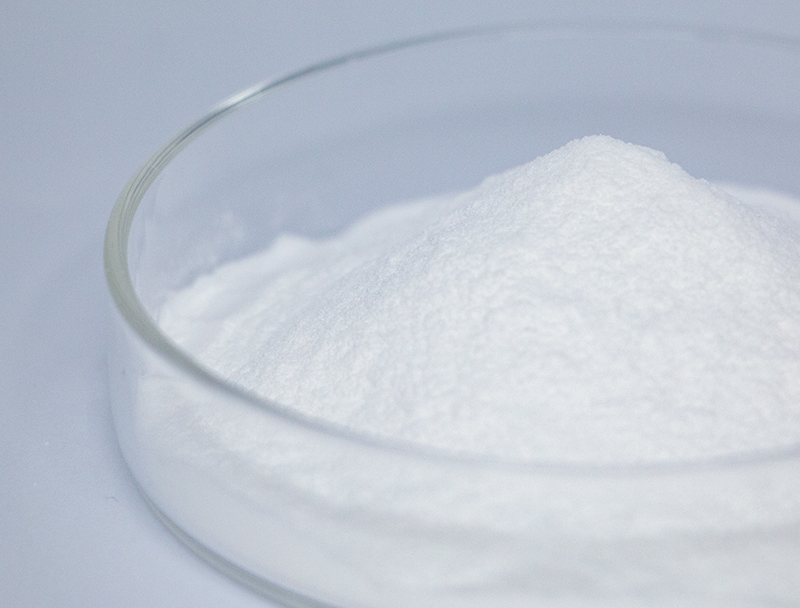
Evaluating Plant Biomass for Bioplastic Production
A stronger push for environmentally responsible materials is driving research into renewable options. Plant-derived biomass as input for bioplastics represents a practical route toward greener materials. Sources like cornstarch, cellulose fibers, and sugarcane biomass can transform into compostable plastics that decompose and reduce pollution.
Likewise, some plant-derived plastics perform similarly to petroleum-based materials for a variety of uses.. Continuous R&D will drive plant biomass into scalable bioplastic manufacture and help establish closed-loop material systems.
This Emerging Impact on Public Health and Food Systems
Modern biotech tools present opportunities to improve global health and stabilize food production. With genetic tools, engineered biological systems, and regenerative cell approaches, experts craft interventions to manage diseases, enhance agriculture, and fortify nutrition.. As an example, crop genetic improvements for pest and stress resistance help boost production and cut dependence on chemical pesticides.. Concurrently, biotechnology drives development of immunotherapies, antibiotics, and diagnostics that play a key role in controlling diseases and improving health metrics. With ongoing research, biotech β-Nicotinamide Mononucleotide is positioned to enable broad improvements in health and food security that serve global populations.
